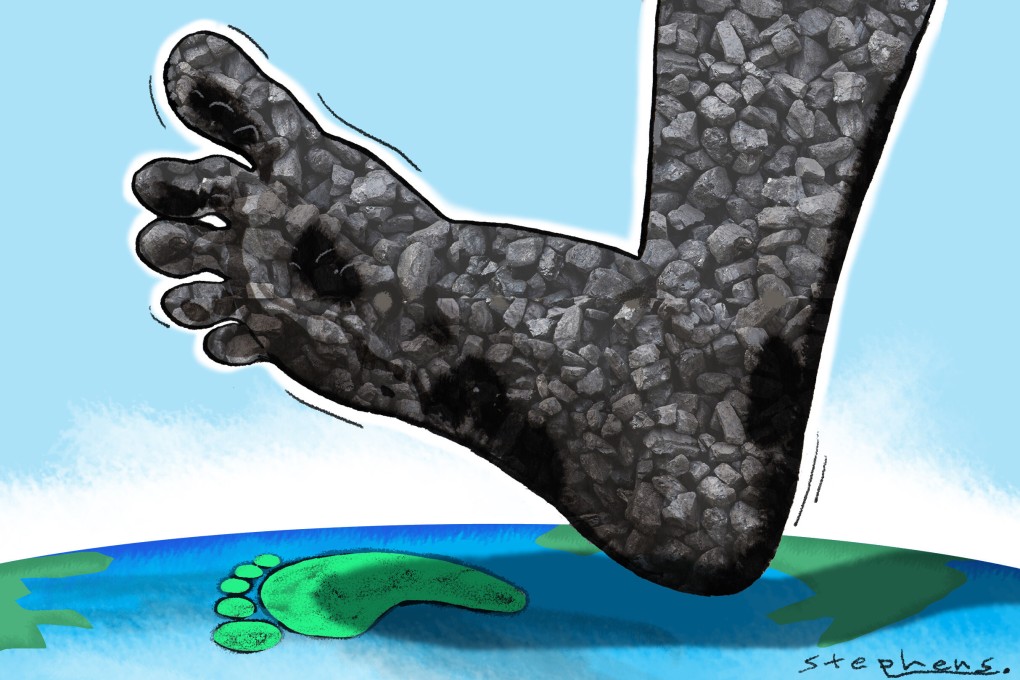Opinion | How China’s coal crisis exposes the hypocrisy of the West’s carbon footprint
- In cutting coal production but not consumption, the West is simply outsourcing its carbon footprint to China and other coal-dependent emerging markets

As the global supply can’t respond so quickly, the price has the potential to skyrocket again. How high it goes depends on how much China is willing to pay. During the previous coal shortage in 2008, China was paying close to US$200 per tonne. As China is much richer now, the price could go much higher.
China’s coal-fired electricity production rose by 12.6 per cent in the first eight months, while coal production was up only 4.4 per cent. The big gap needs to be met by either running down inventory or increasing imports. China consumed 3.8 billion tonnes of coal or 52 per cent of the global total in 2020, according to the International Energy Agency, of which 2.3 billion tonnes was for electricity production.
The gap between electricity demand and coal production works out to a shortfall of 189 million tonnes. China imported about 300 million tonnes of coal last year. An additional demand of such magnitude in a global trade of just 1.4 billion tonnes would trigger an enormous price response.
